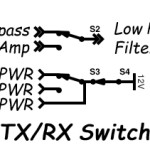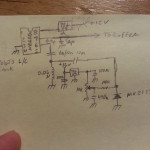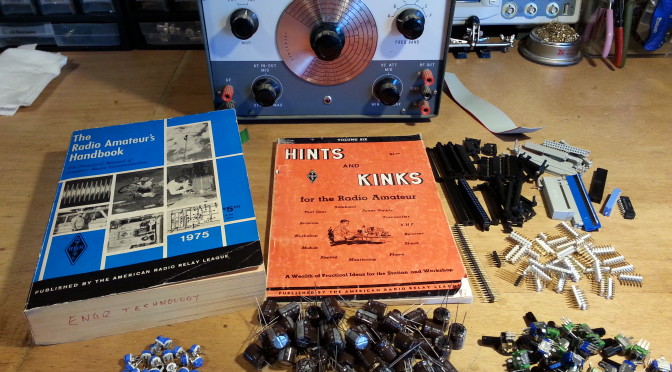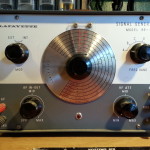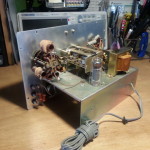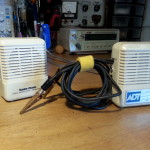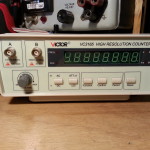It’s been another crazy year. I have been mostly focused on my master’s degree so I haven’t been able to participate outside of the basics and taskings. With the club, I have been keeping up but just barely. The same goes for ARES. My responsibilities in the field organization continue to expand, which is good, I’m not complaining about the responsibilities I have taken on, I just haven’t had much time to enjoy them. By in large, they have been administrative taskings so I haven’t been doing much building which has taken a toll.
At the weekly breakfast, I mentioned that the hobby has been more work than fun for a while. I think that may have put a few on edge, but it is true. School is a constant and I don’t see that going away for at least another year, I will complete my second master’s in May next year. I want to pursue a Ph.D., but I will need a break after grad school. I have some public history work lined up and I am hoping I will be more participatory in radio soon.
To that end, I am poking at PicoBallooning with some of the hams in the club. I ordered up a bunch of parts and pieces to get started in this segment of the hobby. I already have a lot of skills in APRS, packet, and sensors, microcontrollers, and singboard computers so I’m not blinded by a huge learning curve, and my aviation experience doesn’t hurt either. I would like to see us develop an actual aeronautical telemetry program but we will have to see where things go.
I also want to pick up on some of the projects that got left in the dust before moving like the Beach 40 which has been on hold since November 2015! Some of my original goals for that project have shifted, and I’m not so intent on using only discreet components as I was when the project started. There will be a reevaluation and planning period before melting solder on that project but it is on my list to get back to.
Also on the list and of greater urgency is the BPQ Node documentation project. I have three nodes to build as part of the club infrastructure upgrades in the late spring/early summer, depending on how soon we will have access to the mountaintops, enclosure roofs, and towers. This one comes first, well, parallel with some of the balloon experiments.
Added to the shack tools this year is a 3D printer, an ELEGOO Neptune 2S. It has already put in considerable benefit to the radio hobby by helping me provide cases for the BPQ upgrade project and other similar projects. I am just getting my feet wet in the 3D printing hobby but so far it is a lot of fun. I have avoided CAD for circuits and 3D modeling for a long time, it’s time to go down that road.
ARES has been tasked to provide asset tracking for a couple of parades and a foot race this year. A handful of us in ARES are working on building low-cost, low, power APRS units with an eye towards expansion into WX and sensor telemetry, multitasking the equipment. This tied into the balloon hobby as well so we have a lot of crossover in participants. I also submitted a grant for CDCA for an off-the-shelf tracker solution for the parades that we can expand on based on our other experiments in telemetry.
Lots to do, but for now, it’s back to the books.


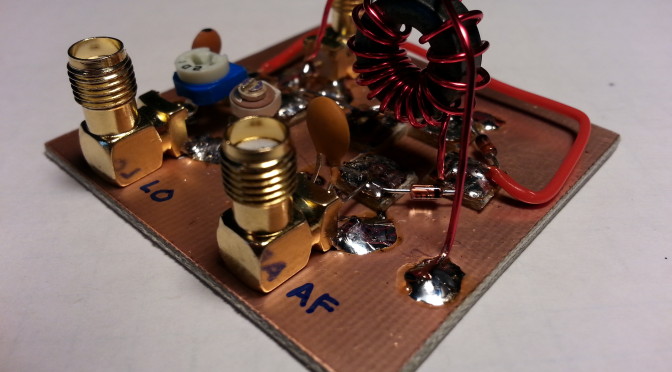
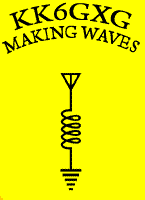 To keep domestic peace I have not been building on the
To keep domestic peace I have not been building on the 